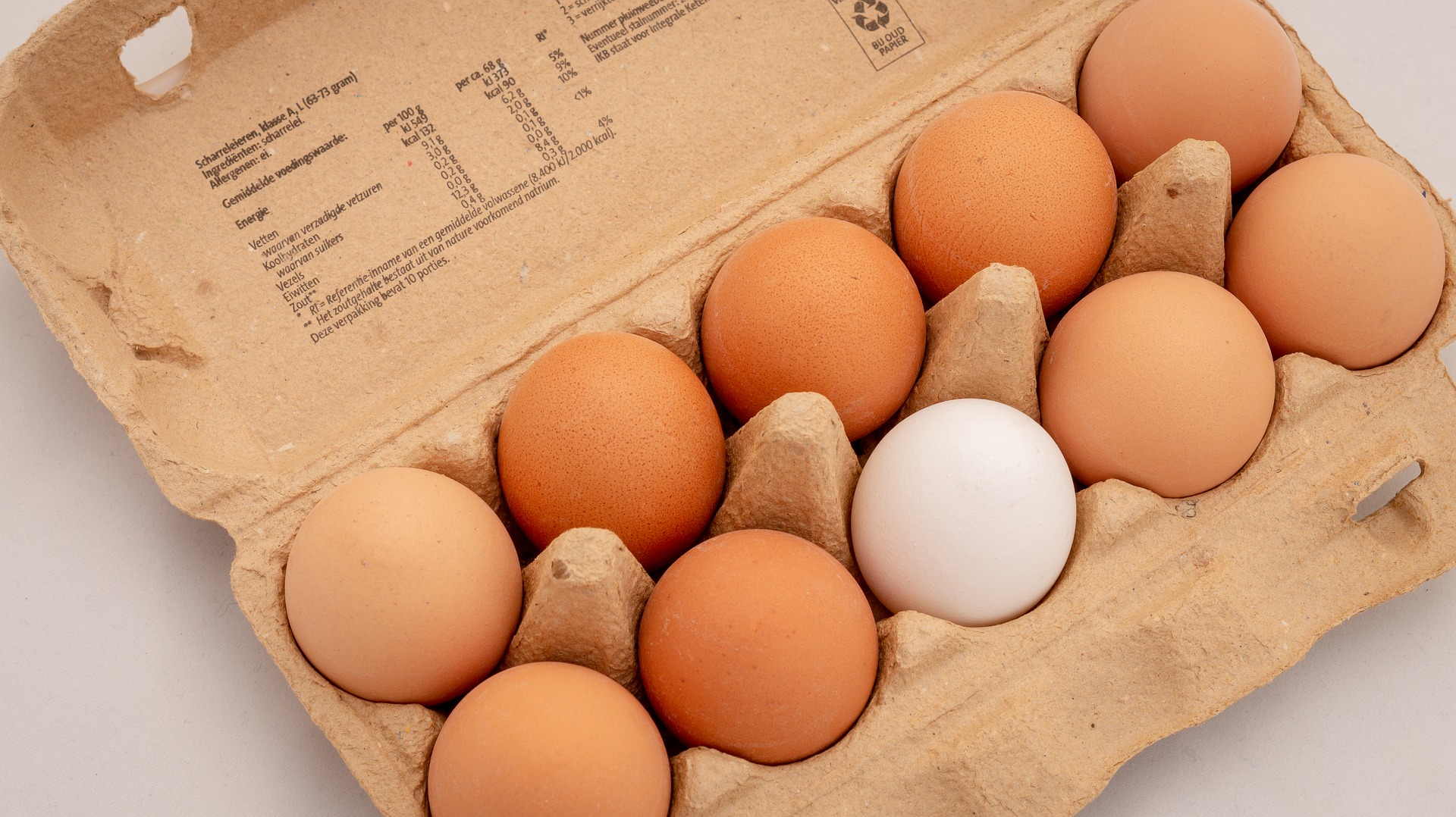Some of the links on this page are affiliate links, which means that Buzzy Kitchen earns commission from purchases made – at absolutely no extra cost to you. Thank you so much for supporting Buzzy Kitchen!
Eggs are great, aren’t they? They’re healthy for you (in moderation), taste great, and are super versatile. You can use them to create sweet treats, savoury dishes, and much more besides. But how can you tell when an egg has gone bad?
If you have eggs in your kitchen but aren’t sure whether or not they’re good enough to eat, here are six super simple ways of checking the freshness:
1 – Check the Expiration Date
If you take a peek at your egg carton or packaging, you’ll find a number of things, one of which will be an expiration date.
The expiration date is the date at which the manufacturer or producer of that egg deems it to be safe to eat, but they keep well within the reasonable range to prevent customers from getting sick. The expiration date is usually within 28 days of the egg first being produced (laid).
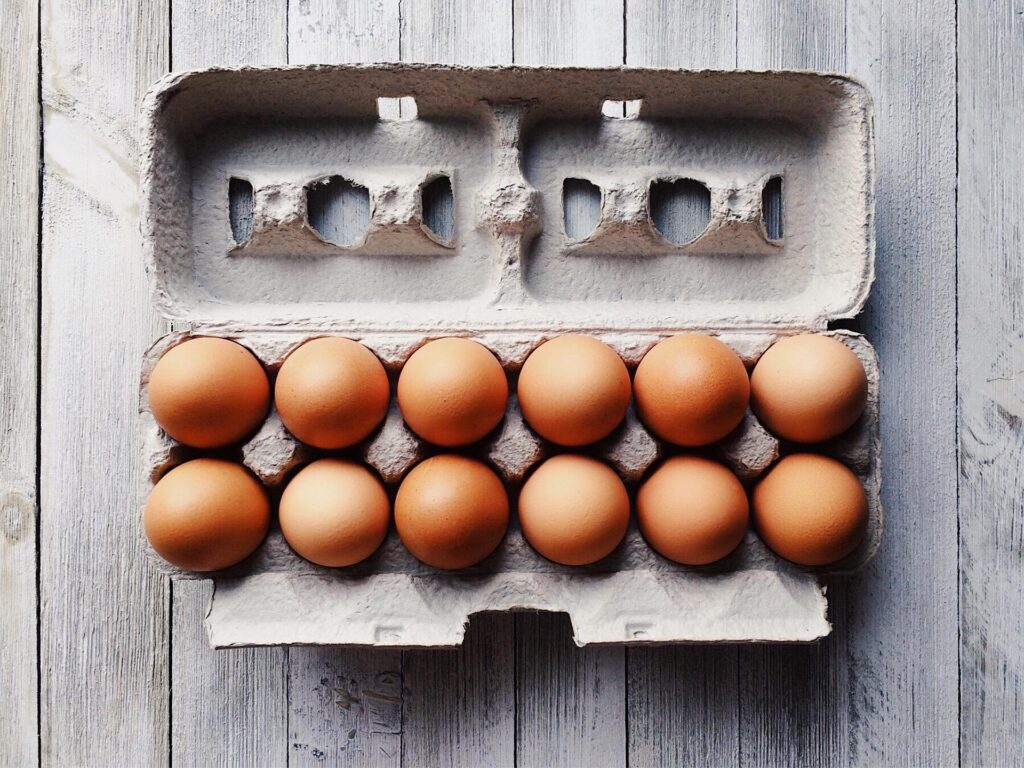
Image by Wokandapix from Pixabay
2 – Check the Sell-By Date
Sometimes, the egg packaging will have a sell-by date instead of an expiration date. Again, the sell-by date is set to be within a safe time range. Eggs that have gone past the expiration date or sell-by date can still be safe to eat.
3 – Check the Pack Date
Most eggs have a three-digit number on them somewhere. This is known as the pack date — the date on which the eggs were packaged.
The pack date doesn’t look like a normal date — 06/06/2022, for example. Instead, the three digits refer to the day of the year.
January 1st is the first day of the year, so that would be 001.
January 15th is the 15th day of the year, so that would be 015.
March 24th is the 83rd day of the year, so that would be 083.
December 31st is the 365th day of the year, so that would be 365.
Generally, it is safe to eat eggs within three to five weeks from the pack date. If more than five weeks have passed since the pack date, it is not recommended to eat them.
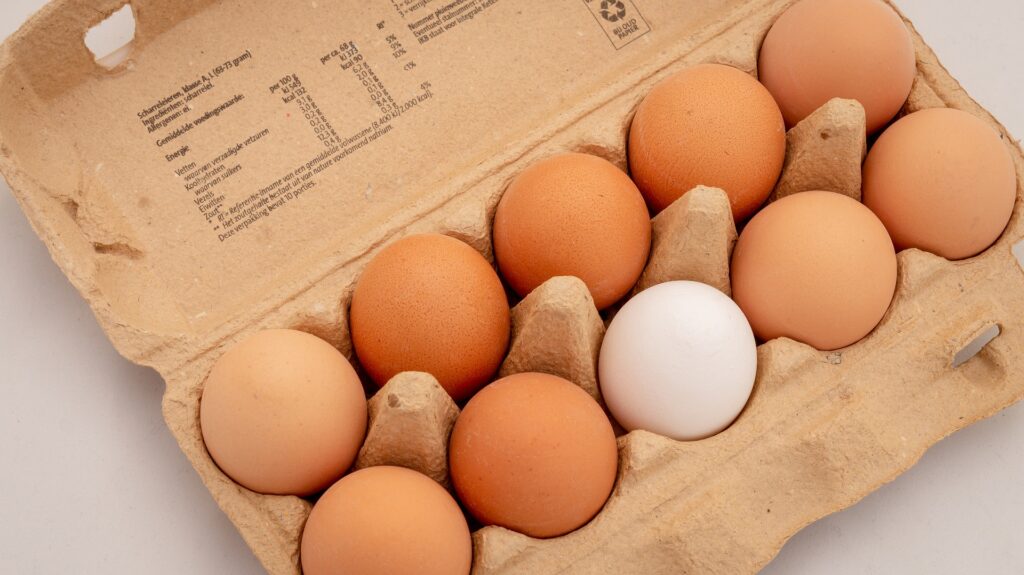
Image by Melk Hagelslag from Pixabay
4 – The Float-in-Water Test
Get yourself a bowl that’s big enough for the egg to be able to float around in. You will need to fill it with cool water.
Add your eggs.
The ones that float on the top are bad eggs. They are not safe to eat.
The ones that sink and lie flat on the bottom are good eggs. They are safe to eat.
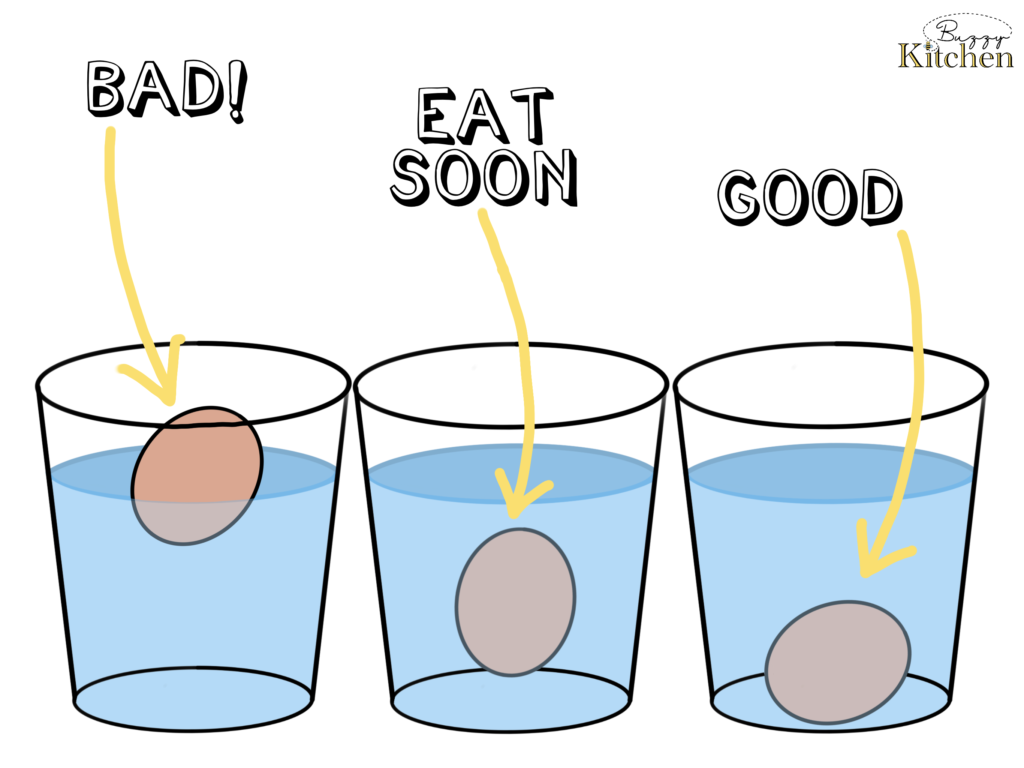
The ones that sink but point towards the top of the water are still okay to be eaten, but should be eaten very soon. They are about to start floating to the top.
5 – Check the Egg White
Crack the egg onto a saucer, plate, or similar surface. It needs to be a flat surface, ideally.
If the egg is starting to go bad, the consistency and appearance of the egg white itself will change. The white should look whitish in colour, and slightly cloudy-looking. If the egg has started to go bad, the egg white will lose its cloudy colouring and turn clearer.
The consistency of the egg white will also change. As it turns bad, it will appear more watered-down and runny.
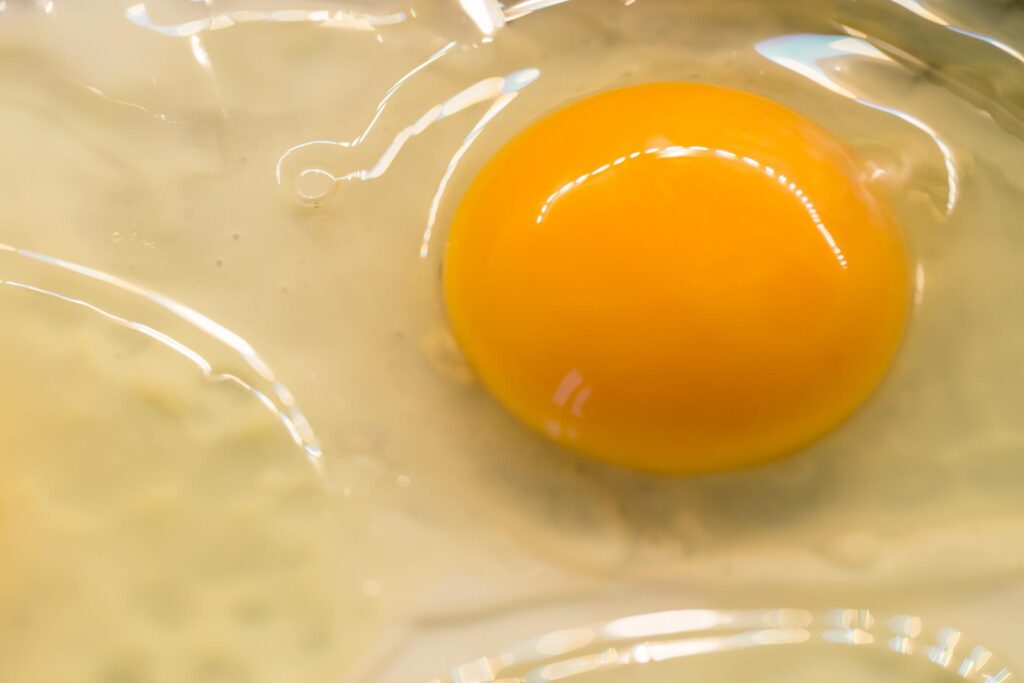
Image by Uwe Conrad from Pixabay
6 – Check the Smell
Recently-turned-bad eggs won’t smell, but eggs that are definitely not okay to eat will have a very unpleasant smell. Many people know the smell as “rotten eggs”; it’s undeniable.
If you sniff your eggs and they have a sulphur-like, strong smell to them, it’s time to throw them out.
Thanks so much for checking out Buzzy Kitchen today! I hope I’ve managed to answer your cooking question. If you’ve got a cooking or kitchen question of your own, feel free to submit it right here.
